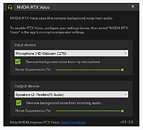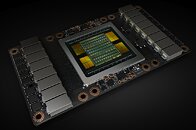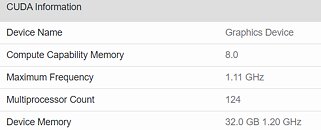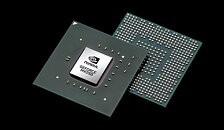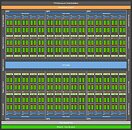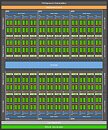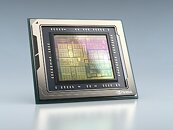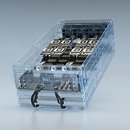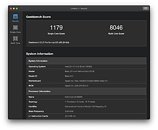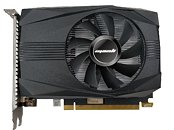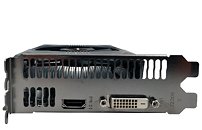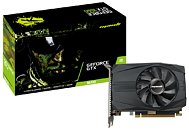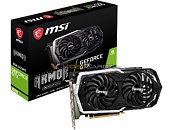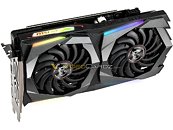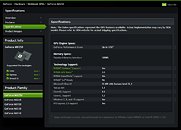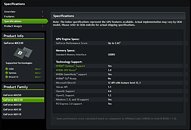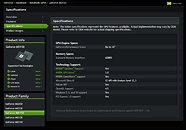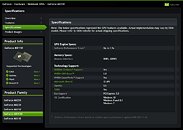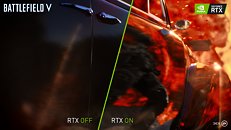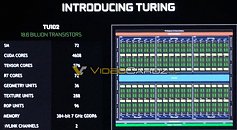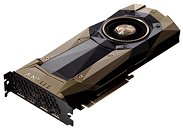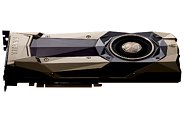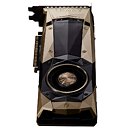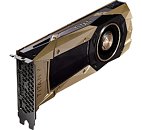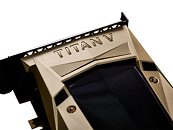
AAEON Unveils AI and Edge Computing Solutions Powered by NVIDIA
AAEON, a leading developer of embedded AI and edge-computing solutions, today announced it is unveiling several new rugged embedded platforms—augmenting an already extensive lineup of AAEON AI edge-computing solutions powered by the NVIDIA Jetson platform. The new AAEON products provide key interfaces needed for edge computing in a small form factor, making it easier to build applications for all levels of users, from makers to more advanced developers for deployments in the field.
AAEON also introduced a new version of the popular BOXER-8120AI, now featuring the Jetson TX2 4 GB module, providing an efficient and cost-effective solution for AI edge computing with 256 CUDA cores delivering processing speeds up to 1.3 TFLOPS."Partnering with an AI and edge computing leader like NVIDIA supports our mission to deliver more diversified embedded products and solutions at higher quality standards," said Alex Hsueh, Senior Director of AAEON's System Platform Division. "These new offerings powered by the Jetson platform complement our existing lineup of rugged embedded products, providing an optimal combination of performance and price in a smaller form factor for customers to easily deploy across a full range of applications."
AAEON also introduced a new version of the popular BOXER-8120AI, now featuring the Jetson TX2 4 GB module, providing an efficient and cost-effective solution for AI edge computing with 256 CUDA cores delivering processing speeds up to 1.3 TFLOPS."Partnering with an AI and edge computing leader like NVIDIA supports our mission to deliver more diversified embedded products and solutions at higher quality standards," said Alex Hsueh, Senior Director of AAEON's System Platform Division. "These new offerings powered by the Jetson platform complement our existing lineup of rugged embedded products, providing an optimal combination of performance and price in a smaller form factor for customers to easily deploy across a full range of applications."


